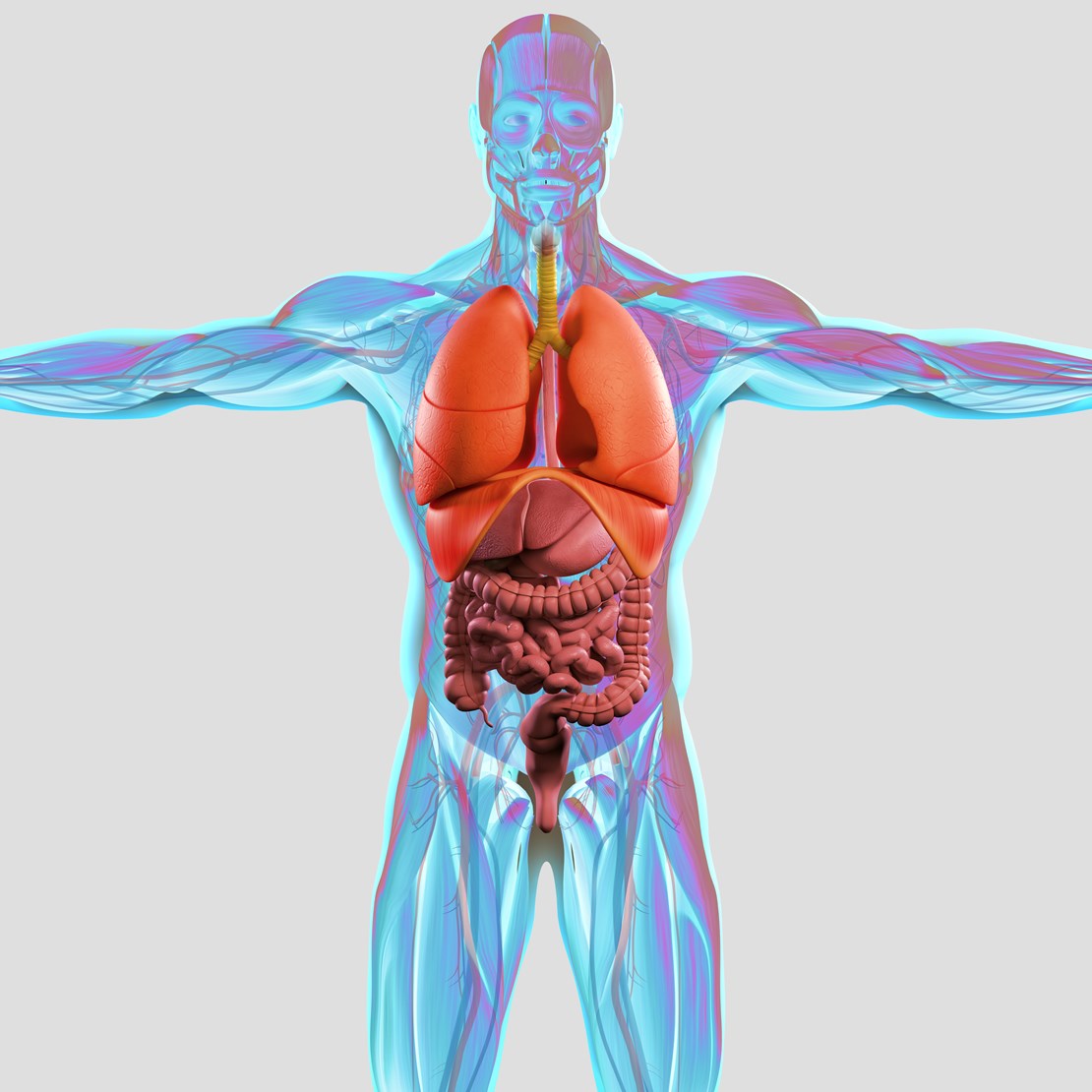Gastrointestinal (GI) diseases, from inflammatory bowel diseases (IBD) to bowel cancer are a growing burden on society. Bowel cancer is the only cancer that can be fully prevented if its precursors – polyps – are detected early. Even if already developed, the majority of early cancer is truly curable. Currently the vast majority of endoscopies are undertaken at a clinic with expensive, invasive technologies that require intensive operator support.
However, resource constraints have led to a “diagnostic bottleneck” especially in bowel cancer screening. With over 750,000 colonoscopies being performed per year just in England (projected to double due to the increased acceptance and expansion of bowel screening programmes) and 80% of those from the waiting lists, Bowel Cancer UK has called for the NHS to urgently tackle this “endoscopy crisis”.
Capsule endoscopy – in which ingestible capsules capture and wirelessly transmit images from the stomach and digestive system as patients go about their daily lives– has been around for more than ten years. Despite a clinically proven effectiveness, the solutions have not scaled due to the absence of mechanisms to deliver outside the clinic and the resource constraints mentioned above.
Arden & GEM is working closely with a world-leading set of partners including CorporateHealth, Openbrolly and Wollfram Research Europe as well as with leading Universities and the Highlands and Islands Enterprise to tackle the challenge - improving early diagnosis and shifting the burden on hospitals while reducing cost and improving patient convenience.
Currently, the analysis of images from the gastrointestinal tract, taken via ingestible cameras or traditional tube-mounted cameras, is undertaken by human operators. But the volume of images and the number of patients requiring screening, places unmanageable loads on the operators. Moreover, for many images, computer recognition software that continuously improves (learns) with increasing numbers of images that are analysed, can spot abnormalities more effectively than human operators. We are working with our partners to test the latest approaches to automated image analysis, quantify benefits to the patient, clinician and NHS – financially and clinically – and make recommendations on how to implement the solution.

